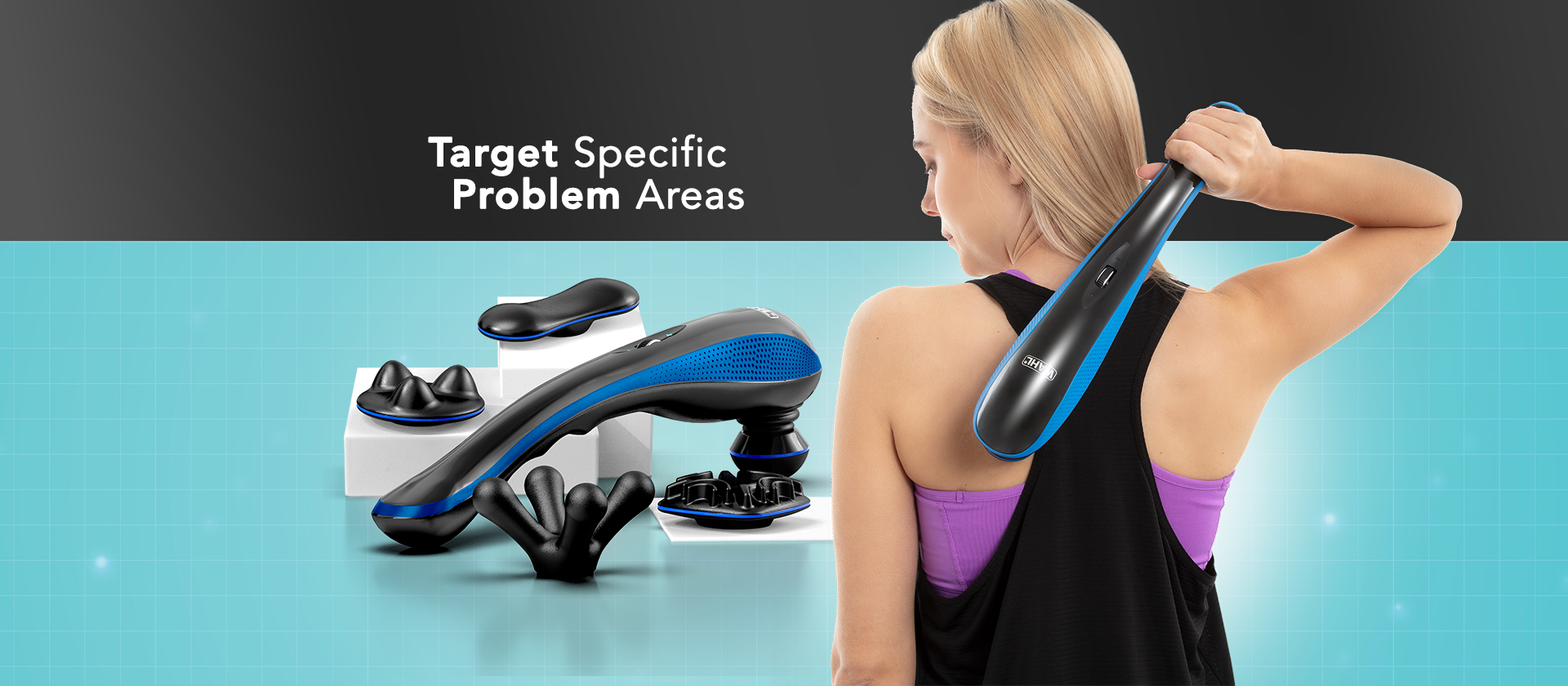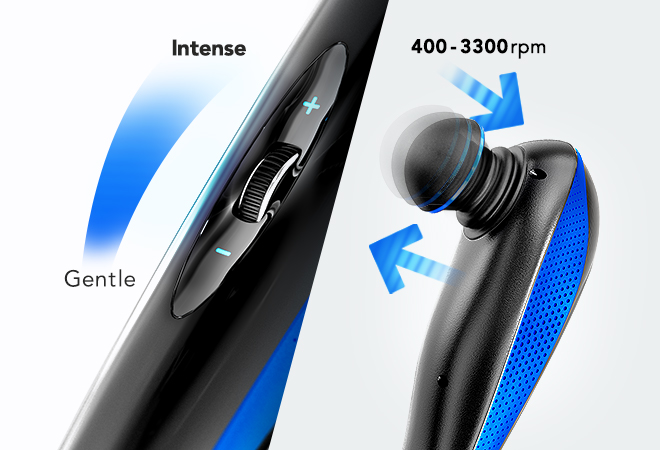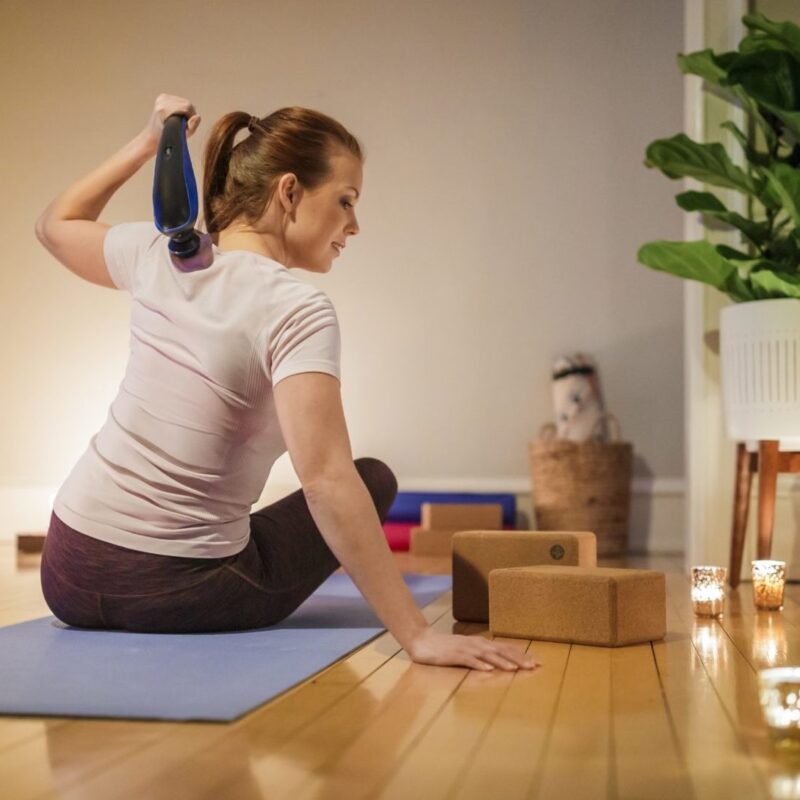Can percussion massage help?
Yes. Percussion massage is a new form of sports injury massage that relieves soft tissue tenderness via rapid, short-duration pulses. Because it delivers directly to the afflicted area through a percussion massager tool, the massage pulses only need to be (and should only be used) in short bursts of no longer than two minutes. The WAHL Deep Tissue Cordless Percussion Massager provides up to 3,300 percussions per minute to increase blood flow to the afflicted area, accelerating the growth and repair of tissues.
Although, pain won’t be eliminated through the use of a percussion massager tool. It will, however, increase blood flow to a specific muscle group and can help reduce tension, inflammation, and tight knots experienced after a hard workout.


